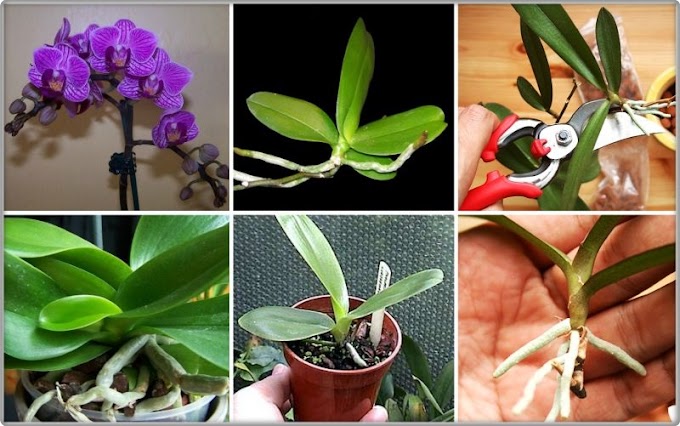A plant with many names, Plectranthus amboinicus is commonly called Cuban Oregano and also bears the monikers Mexican Mint, Indian Borage and Caribbean Oregano. This evergreen perennial works well in mixed beds and mass plantings and as a ground-cover. Its edible, fragrant, rounded leaves bear a terminal point, serrated margins and a soft pubescence.
Cuban Oregano produces trumpet-shaped, lavender, pink or white flowers. Hardy in U.S. Department of Agriculture plant hardiness zones 9 through 11, the plant thrives in full to partial sunlight and fast-draining, nutrient-rich, soil with a neutral pH level. Regular care ensures Cuban Oregano’s health and success in a garden.
1. Water Cuban Oregano when the top 1 to 2 inches (2.5 to 5 cm) of its soil becomes dry. Apply 1 inch (2.5 cm) of water from a garden hose directly to the surrounding ground. Water the plant during mid-morning hours to allow moistened foliage time to dry before nightfall. Never water so frequently that the soil becomes soggy or develops standing water.
2. Apply 1 tablespoon of 10-10-10, slow-release. granular fertilizer per 1 square foot (929 square centimeters) of the Cuban Oregano’s soil in spring, just as new growth begins on the plant. Spread the fertilizer in a band around the Cuban Oregano, keeping it 6 inches (15 cm) from the plant’s stems to prevent fertilizer burn.
Mix the fertilizer granules into the top 3 inches (7.5 cm) of soil with a rake or garden fork. Water the area immediately to activate the fertilizer. Reapply the fertilizer every three months throughout the plant’s active growing season.
3. Trim back the plant’s overly long, vigorously growing or spindly stems as they occur throughout the growing season. Make each cut 0.25 inch (6 mm) above an outward-facing leaf stem, bud or lateral branch. Cut back all broken and otherwise damaged branches immediately upon discovering them.
4. Check both surfaces of the Cuban Oregano’s leaves each time you water the plant. Look for webbing or brown stippling caused by spider mites and round, waxy, white-to-gray mealybugs. Apply a neem oil-water solution to the plant if you find signs of spider mites or find mealybugs.
Wear a long-sleeved shirt, long pants, gloves, safety glasses and a dust mask when handling, mixing and spraying neem oil to prevent direct contact with the solution. Mix 2 tablespoons neem oil with 1 gallon (3.8 l) water in a tank sprayer to create the neem oil-water solution. Pump the tank’s handle to pressurize the solution. Spray the solution onto the plant’s pest-infested leaves, covering them completely. Respray the leaves every seven to 14 days until the insects die.
5. Divide the Cuban Oregano in spring, just prior to it producing new growth, if it becomes overgrown or crowded in its location. Dig 6 inches (15 cm) from the plant’s outer stems to create a 10 inches (25 cm) deep circle around the plant by using a trowel.
Push the trowel horizontally underneath the Cuban Oregano’s root ball to severe the root ball from the ground. Lift the plant from the ground, and brush off excess soil form its roots. Cut the plant into two to four sections by using a knife. Replant as many of the sections as desired, spacing them 3 to 6 feet (0.9 to 1.8 m) apart. Plant the sections at the same soil depth they previously grew.
Tip
Sterilize pruning shears and all other cutting tools for 5 minutes in a solution consisting of one part rubbing alcohol and one part water both before and after use to prevent the spread of disease.
Warnings
Never spray neem oil on a windy day or when the temperature reaches 80 degrees Fahrenheit (27 degrees Celsius) or warmer. Otherwise, the neem oil can drift or evaporate.
Change your clothes immediately after spraying neem oil, and wash them to remove all traces of the solution. Store neem oil in its original container, keeping it away from children, pets and food.
Source: sfgate.com




